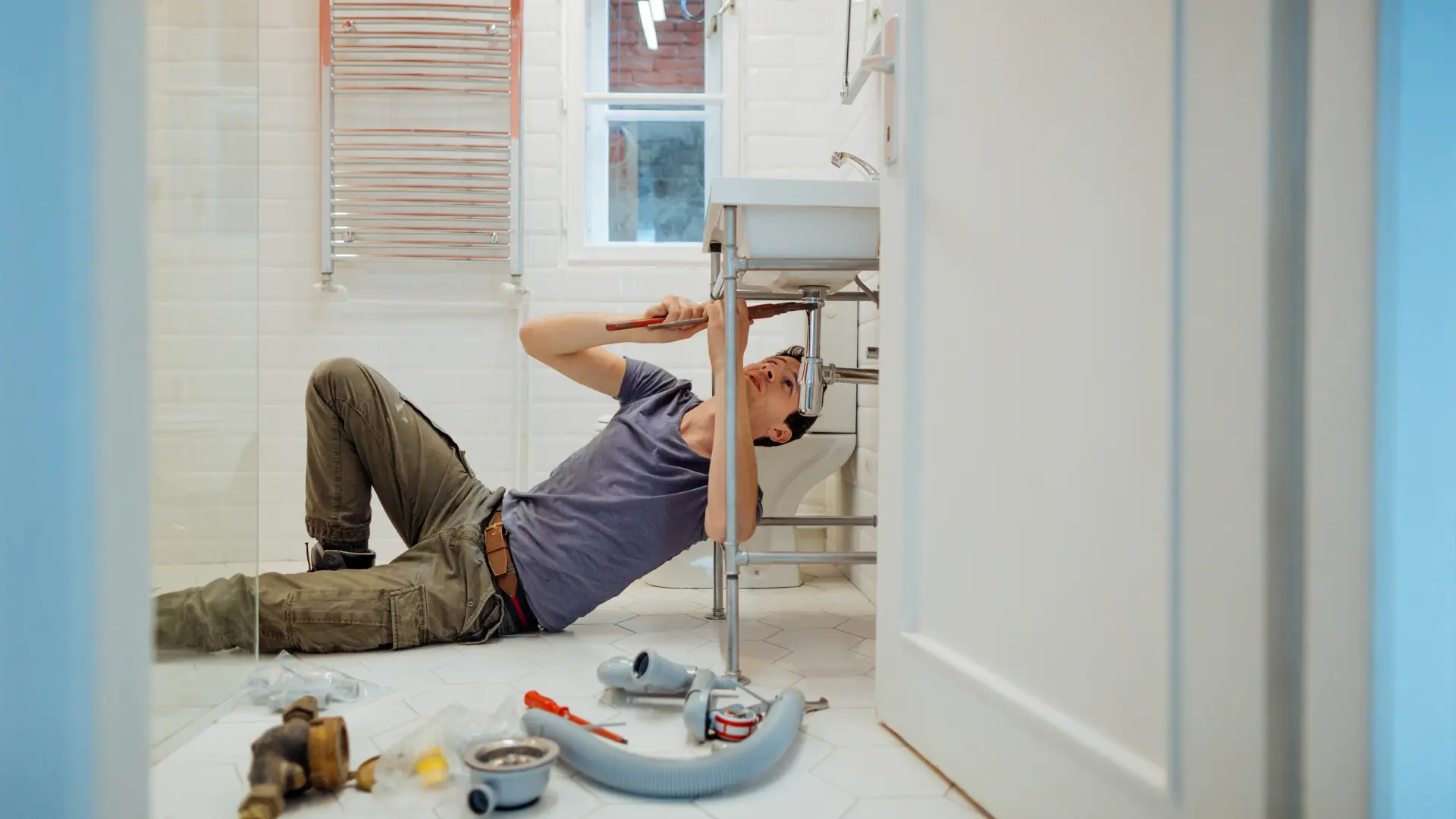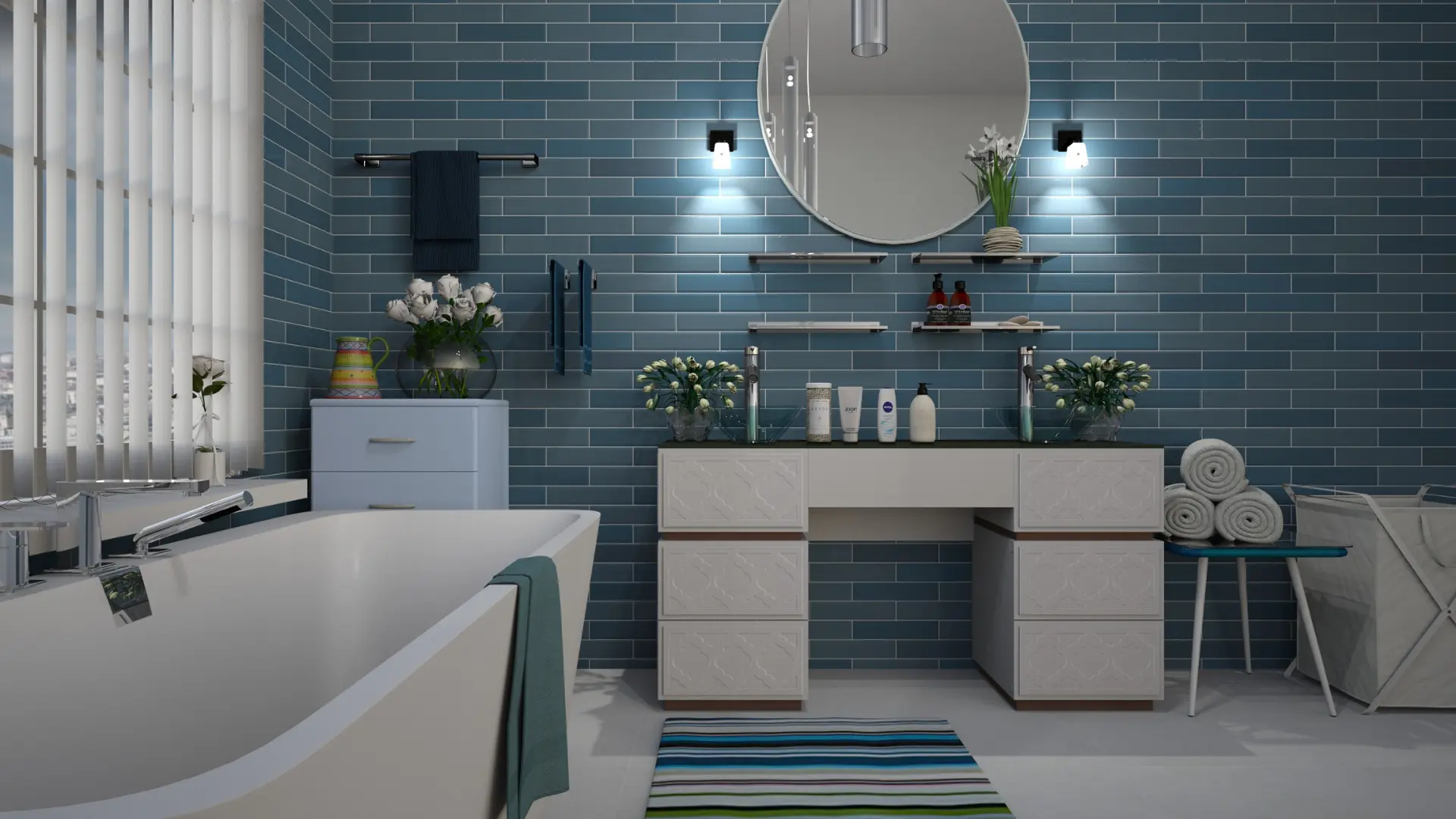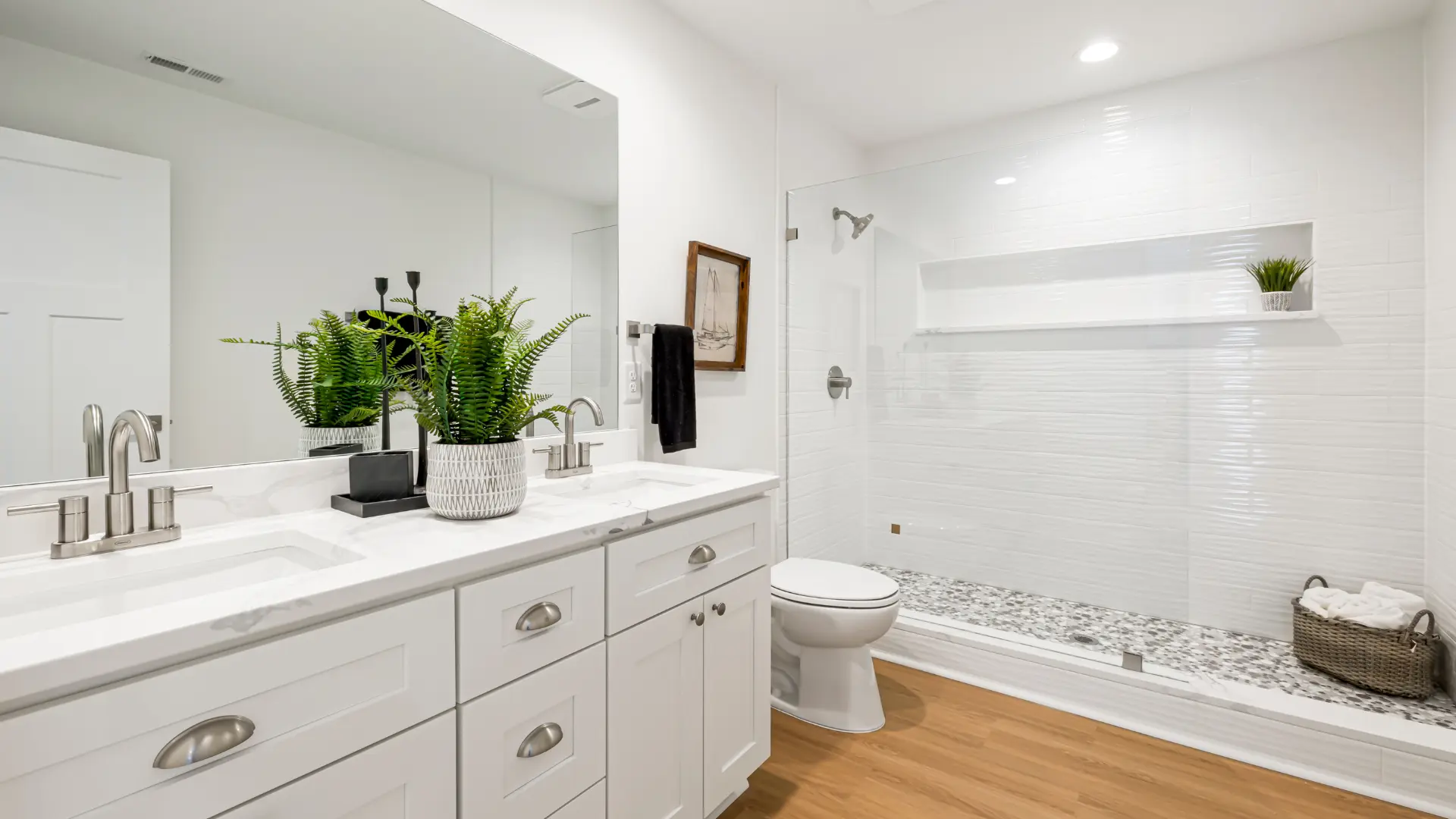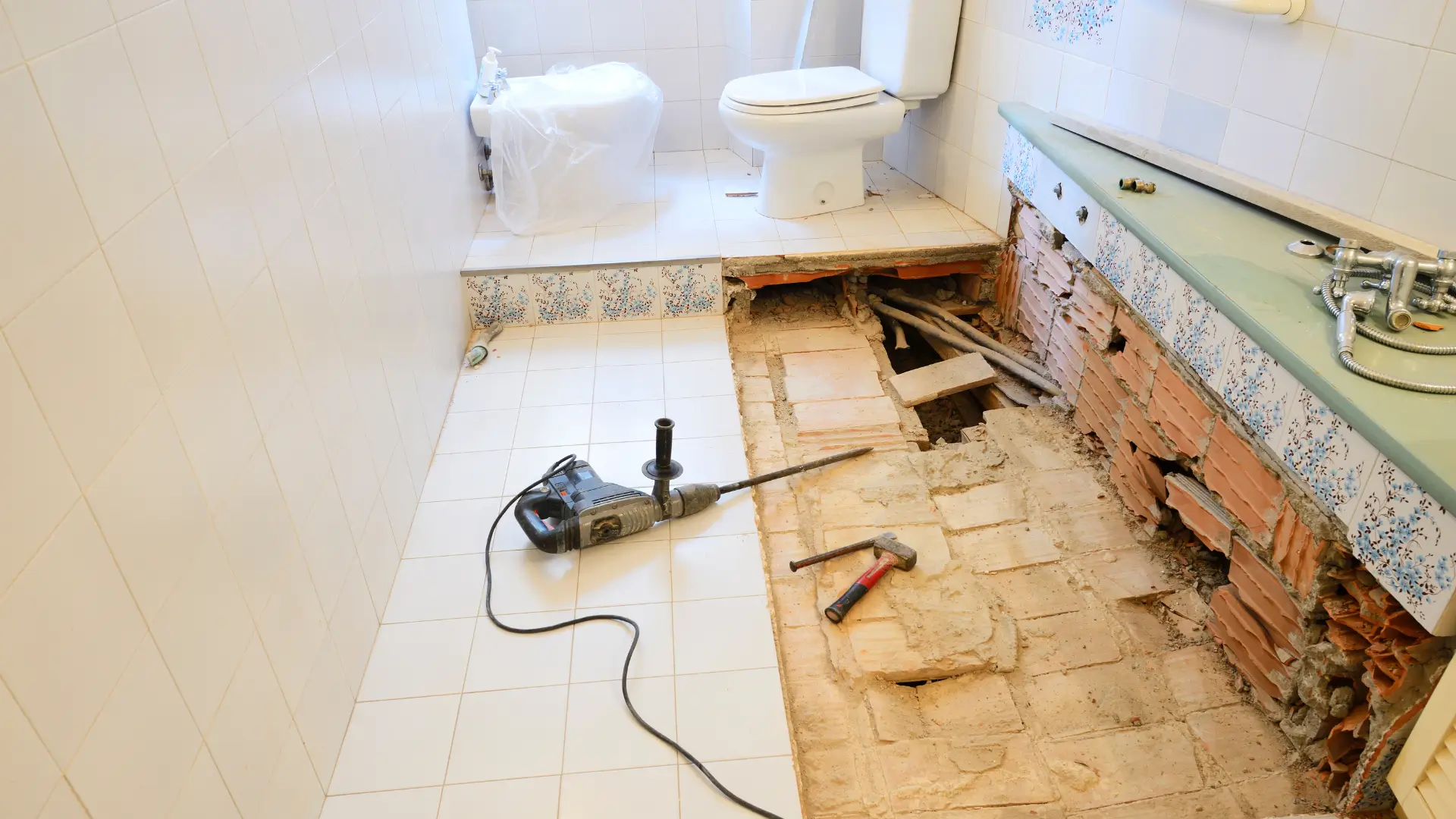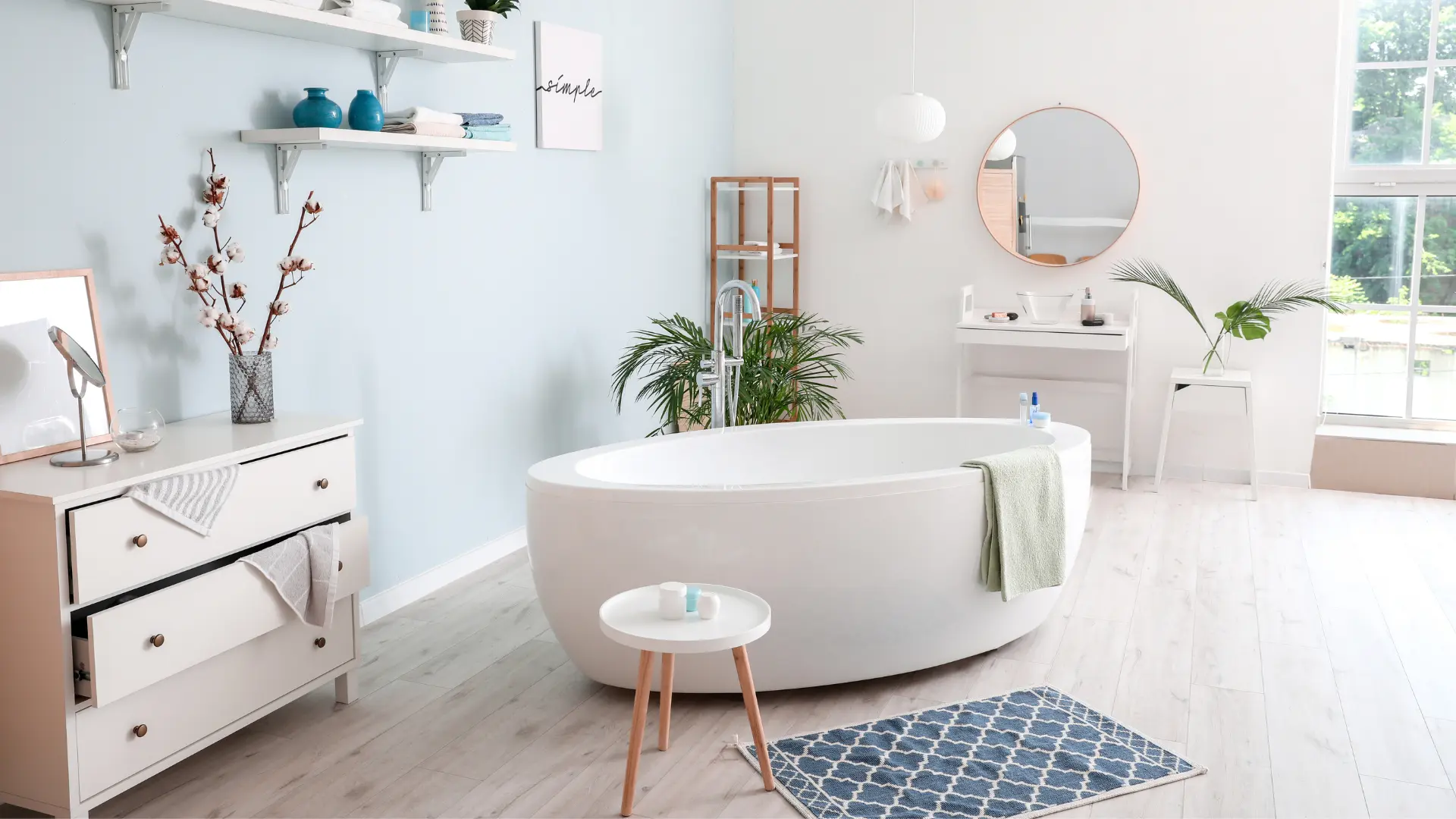Embarking on a bathroom remodel or any DIY project can be an exciting endeavor, promising to rejuvenate one of the most essential spaces in your home. However, these projects come with their own set of risks and challenges. Safety should always be a top priority to ensure a smooth, successful, and injury-free renovation process. This comprehensive guide delves into the critical aspects of safety during bathroom remodels and DIY projects, providing you with essential tips and best practices to follow.
Planning and Preparation
The first step to a safe bathroom remodel begins long before any actual work is done. Proper planning and preparation can help prevent accidents and ensure that you have all the necessary tools and materials on hand. Start by thoroughly assessing the scope of your project. Create a detailed plan outlining each step, the materials required, and the potential hazards you might encounter. This plan should include a timeline, budget, and a list of tasks to be completed in sequence.
Safety Gear and Equipment
Investing in the right safety gear is crucial. Essential safety equipment for bathroom remodeling includes:
- Safety Glasses: Protect your eyes from dust, debris, and chemical splashes.
- Gloves: Use gloves to protect your hands from cuts, abrasions, and chemical burns.
- Dust Masks: Prevent inhalation of dust, mold spores, and chemical fumes.
- Hearing Protection: Use earplugs or earmuffs to protect your ears from loud noises, especially when using power tools.
- Knee Pads: Protect your knees when working on flooring or low surfaces for extended periods.
- Work Boots: Wear sturdy, slip-resistant boots to protect your feet from heavy objects and sharp debris.
Tools and Materials
Ensure that you have all the necessary tools and materials before starting your project. Familiarize yourself with each tool’s proper use and safety precautions. Keep tools in good working condition, and replace or repair any damaged equipment. Additionally, always read and follow the manufacturer’s instructions for any new tools or materials you purchase.
Creating a Safe Work Environment
A safe work environment is essential for preventing accidents. Start by clearing the area of any unnecessary items and debris. Ensure that the workspace is well-lit and ventilated. Proper ventilation is particularly important when working with chemicals, adhesives, or paint, as it helps disperse harmful fumes.
Organize your tools and materials in a manner that prevents tripping hazards. Use extension cords sparingly and ensure they are placed out of walking paths. If your bathroom lacks natural ventilation, consider using fans or portable ventilation units to improve air circulation.
Demolition Safety
The demolition phase of a bathroom remodel is one of the most hazardous stages. It involves tearing out old fixtures, tiles, and walls, which can create dust, debris, and structural hazards.
Identifying Hazardous Materials
Before starting demolition, it’s essential to identify any hazardous materials that might be present in your bathroom. Older homes may contain asbestos in tiles, insulation, or drywall, and lead-based paint. Both substances pose serious health risks if disturbed. If you suspect the presence of hazardous materials, it’s best to hire a professional to conduct an inspection and removal.
Electrical Safety
Before beginning any demolition work, turn off the power to the bathroom at the circuit breaker. This prevents accidental electrocution when working near electrical wiring. Use a voltage tester to ensure that all wires and outlets are de-energized before proceeding.
Structural Safety
Assess the structural integrity of the bathroom before removing any walls or fixtures. Load-bearing walls or structural elements should not be removed without proper support. If you’re unsure about the structural aspects, consult a professional contractor or structural engineer.
Safe Demolition Practices
Wear appropriate safety gear during demolition, including safety glasses, gloves, dust masks, and hearing protection. Use the right tools for the job, such as pry bars, hammers, and reciprocating saws. Work methodically to avoid creating unnecessary debris and hazards. Dispose of debris properly, using heavy-duty trash bags or a dumpster.
Electrical Work
Electrical work is a common aspect of bathroom remodels, involving tasks such as installing new lighting, outlets, and ventilation fans. Electrical work can be dangerous if not done correctly, leading to shocks, fires, or even fatalities.
Understanding Electrical Codes
Before starting any electrical work, familiarize yourself with local electrical codes and regulations. Electrical work in bathrooms often requires specific considerations due to the presence of water. Ground Fault Circuit Interrupter (GFCI) outlets are mandatory in bathrooms to prevent electrical shocks.
Safe Electrical Practices
Turn off the power to the bathroom at the circuit breaker before starting any electrical work. Use a voltage tester to confirm that all wires and outlets are de-energized. When working with electrical wiring, always follow these safety practices:
- Use Insulated Tools: Ensure all tools used for electrical work are properly insulated to prevent shocks.
- Avoid Wet Conditions: Never work on electrical systems in wet or damp conditions.
- Label Wires: Clearly label wires during disconnection to avoid confusion during reinstallation.
- Secure Connections: Ensure all electrical connections are secure and properly insulated to prevent short circuits.
Hiring a Professional
If you’re not confident in your electrical skills, it’s best to hire a licensed electrician. Professional electricians have the expertise to handle complex wiring and ensure all work is up to code, reducing the risk of electrical hazards.
Plumbing Safety
Plumbing work is another critical aspect of bathroom remodels, involving tasks such as installing new fixtures, rerouting pipes, and ensuring proper drainage. Improper plumbing can lead to leaks, water damage, and even mold growth.
Understanding Plumbing Codes
Familiarize yourself with local plumbing codes and regulations. These codes ensure that your plumbing system is safe, efficient, and up to standard. Pay particular attention to requirements for pipe sizes, fixture spacing, and venting.
Safe Plumbing Practices
Before starting any plumbing work, turn off the water supply to the bathroom. Use the main shutoff valve or the individual shutoff valves for each fixture. When working with plumbing, follow these safety practices:
- Use Proper Tools: Use the right tools for plumbing tasks, such as pipe wrenches, pliers, and pipe cutters.
- Check for Leaks: After completing any plumbing work, check for leaks by turning on the water supply and inspecting all connections.
- Avoid Chemicals: Use mechanical methods for clearing clogs instead of chemical drain cleaners, which can be harmful to pipes and your health.
- Proper Ventilation: Ensure that all plumbing fixtures are properly vented to prevent sewer gases from entering your home.
Hiring a Professional
Complex plumbing tasks, such as rerouting pipes or installing new fixtures, may require the expertise of a licensed plumber. A professional plumber can ensure that all work is done correctly and up to code, preventing potential water damage and health hazards.
Tiling and Flooring Safety
Installing new tiles and flooring is a common aspect of bathroom remodels. This task involves cutting, laying, and grouting tiles, which can present various hazards if not done correctly.
Safe Tiling Practices
When working with tiles, follow these safety practices to prevent injuries and ensure a high-quality finish:
- Wear Safety Gear: Use safety glasses, gloves, and a dust mask to protect yourself from tile dust and sharp edges.
- Use Proper Tools: Use tile cutters, wet saws, and notched trowels to cut and lay tiles accurately.
- Avoid Dust: Use a wet saw for cutting tiles to minimize dust. If using a dry cutter, wear a dust mask and work in a well-ventilated area.
- Secure Tiles: Ensure that all tiles are securely set in adhesive to prevent them from shifting or breaking.
Flooring Safety
When installing new flooring, follow these safety tips to prevent injuries and ensure a durable installation:
- Prepare the Subfloor: Ensure that the subfloor is clean, level, and dry before laying new flooring.
- Use Proper Adhesives: Use the recommended adhesive for your chosen flooring material to ensure a secure bond.
- Avoid Slips: Wear slip-resistant footwear to prevent accidents, especially when working with wet adhesives or tiles.
- Work Safely with Heavy Materials: Use proper lifting techniques when handling heavy materials, such as large tiles or flooring planks, to avoid back injuries.
Painting and Finishing Safety
Painting and finishing are the final steps in a bathroom remodel, giving the space a fresh and polished look. These tasks involve working with paints, primers, and sealants, which can present various hazards if not handled correctly.
Safe Painting Practices
When painting your bathroom, follow these safety tips to prevent accidents and ensure a high-quality finish:
- Use Proper Ventilation: Ensure that the bathroom is well-ventilated when painting to disperse fumes and reduce the risk of inhalation.
- Wear Safety Gear: Use safety glasses, gloves, and a dust mask to protect yourself from paint splashes and fumes.
- Use Safe Ladder Practices: If you need to reach high areas, use a stable ladder and avoid overreaching.
- Store Materials Safely: Store paint, primers, and solvents in a cool, dry place away from open flames and heat sources.
Finishing Touches
When applying sealants, caulks, and other finishing materials, follow these safety practices:
- Use a Caulk Gun: Apply caulk evenly and smoothly using a caulk gun to ensure a watertight seal.
- Clean Up Spills Immediately: Clean up any spills or drips immediately to prevent slips and ensure a clean finish.
- Follow Manufacturer Instructions: Always follow the manufacturer’s instructions for application and drying times to ensure a durable finish.
Conclusion
Safety during bathroom remodels and DIY projects is paramount to ensure a successful and injury-free renovation. By investing in the right safety gear, understanding the proper use of tools and materials, and following best practices for each stage of the project, you can minimize risks and achieve professional-quality results.
Remember, while DIY projects can be rewarding, some tasks may require the expertise of licensed professionals, especially when it comes to electrical and plumbing work. By planning carefully, preparing thoroughly, and prioritizing safety, you can transform your bathroom into a beautiful and functional space that enhances your home’s value and your quality of life.

